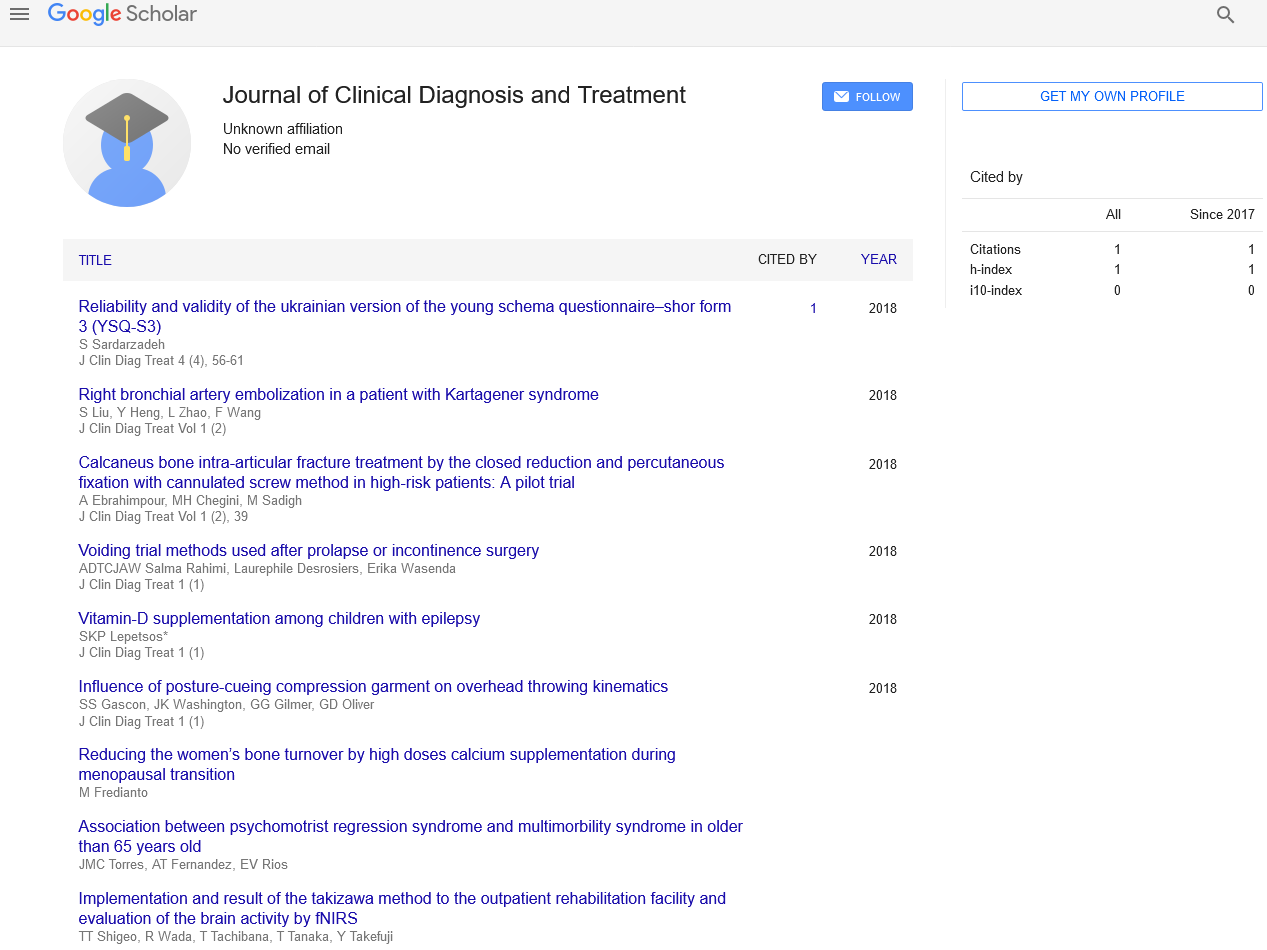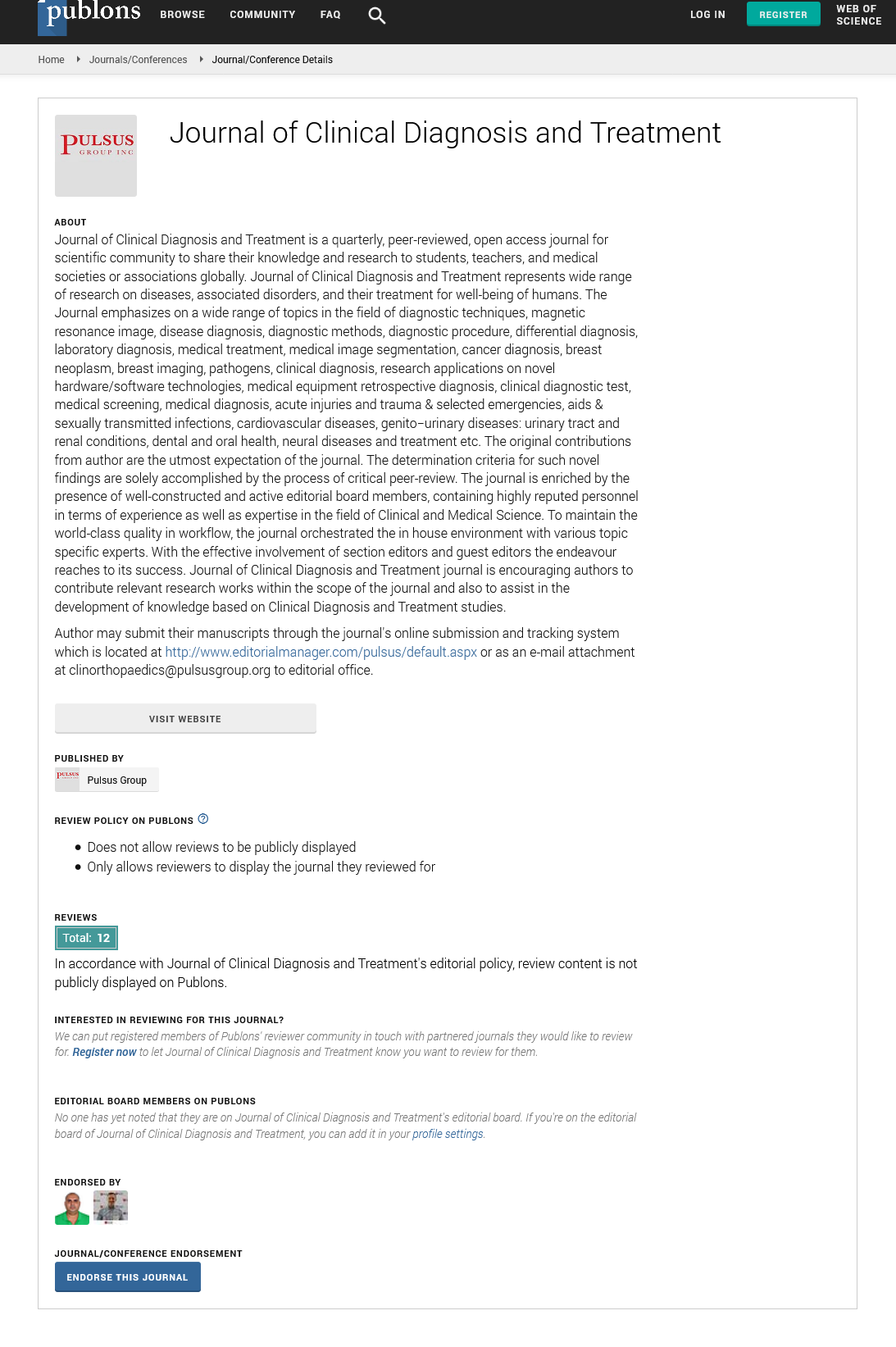Controlling sexually transmitted diseases and preventing HIV transmission: repairing a shattered paradigm
Received: 18-Feb-2022, Manuscript No. PULJCDT-22-4280; Editor assigned: 20-Feb-2022, Pre QC No. PULJCDT-22-4280(PQ); Reviewed: 28-Feb-2022 QC No. PULJCDT-22-4280(Q); Revised: 02-Mar-2022, Manuscript No. PULJCDT-22-4280(R); Published: 12-Mar-2022, DOI: 10.37532/puljcdt.22.4(2).12-13
This open-access article is distributed under the terms of the Creative Commons Attribution Non-Commercial License (CC BY-NC) (http://creativecommons.org/licenses/by-nc/4.0/), which permits reuse, distribution and reproduction of the article, provided that the original work is properly cited and the reuse is restricted to noncommercial purposes. For commercial reuse, contact reprints@pulsus.com
Abstract
Controlling sexually transmitted infections (STIs) is doable, leads to better sexual and reproductive health, and aids in HIV prevention. The most advanced HIV epidemics have arisen from a lack of STI control, particularly in areas where ulcerative STIs are common. Several countries that have successfully reduced STIs have seen their HIV epidemics stabilise or reverse. Reduced incidence and prevalence of sexually transmitted infections (STIs) is a public health outcome. The following methods can be used to achieve this: I targeting and outreach to the most vulnerable populations; (ii) advocating and supplying condoms and other preventive measures; (iii) effective clinical interventions; (iv) a supportive environment; and (v) reliable data.STI case management, screening, and management of STIs in sex partners are among the clinical services provided. For most symptomatic curable STIs, syndromic case management is effective, and screening tools exist to detect some asymptomatic infections. Efforts to prevent transmission and lower prevalence are supplemented by presumptive epidemiologic treatment of sex partners and sex workers. Because many patients with STIs do not visit clinics, clinical services alone are insufficient for control. To reach such people, outreach and peer education have proven to be helpful. STI control necessitates successful interventions with core groups with high enough rates of partner turnover to keep transmission going. In order to minimise frequency in the broader population, effective, relevant targeting is required and frequently sufficient. These efforts are most effective when they are paired with structural measures to create an atmosphere conducive to prevention. Surveillance and related data must be reliable in order to create and evaluate treatments and assess control efforts.
Introduction
The pendulum swings between vertical disease-specific and broader horizontal approaches in the history of sexually transmitted infection (STI) control, as it does with other communicable diseases, from a narrow focus on pathogens and their treatment to the broader needs of populations who host and transmit them. Since the 1980s, when HIV first emerged, STI reduction efforts have become more linked to HIV programme aims. Despite the fact that HIV is a STI, prevention efforts are primarily handled through programmes that are funded, administered, and assessed separately from other STI control activities. Unfortunate consequences have resulted from such a shattered worldview. Reduced financing frequently causes neglected STI programmes — the foundation upon which HIV prevention efforts are constructed – to fail. As a result, STI clinics and services are understaffed, understocked, or no longer exist; pregnant women may be offered HIV testing but are no longer examined for syphilis; and STI reporting, an important indicator of sexual transmission patterns, has all but disappeared.
In some areas of communicable disease control, the pendulum is swinging in the opposite direction, with methods aimed at broad public health benefits while pursuing disease-specific control goals Within the Stop TB Partnership, emphasis to overall lung health and integrated vector control in malaria initiatives are two examples. The idea is that long-term disease control necessitates coordinated efforts to address common factors that may enhance disease transmission or obstruct prevention, case detection, diagnosis, and treatment.
This report describes a unified STI control strategy in which HIV is a major focus. The strategy is analytic and program-driven, with a focus on public health outcomes and methods. We begin by reviewing terminologies and delineating essential components of STI control, and then look at empirical evidence of STI control's feasibility and advantages under various settings. We also look at the overlap and potential synergies between HIV prevention and STI control initiatives, as well as what happens to HIV in different settings.
STI management options for symptomatic individuals, screening for asymptomatic infections, and partner tactics are all examples of clinical interventions. All of this should be accompanied by proper efforts to educate, counsel, and provide preventative measures, such as condoms. To interrupt the chain of infection, STI case management strives to give prompt and effective treatment to individuals who appear with symptoms. In the fight against STI outbreaks, reducing the duration of infectivity is a key goal. For patients with urethral discharge and genital ulcers, there is substantial evidence that syndromic case management is an effective treatment option. In most service delivery situations, it outperforms earlier approaches (e.g., etiologic and clinical diagnosis).
Clinical measures alone will not be enough to control STIs. Primary prevention treatments are needed both in the clinic and outside, where transmission occurs. Prevention, information, and referrals to clinical services are all emphasized in such approaches. Male latex condoms have been shown to decrease HIV transmission by at least 80%–85%, are effective against most other STIs, and minimize the chance of unwanted pregnancy. Other barrier technologies, such as the female condom, may offer advantages over the male condom in certain instances or as backups. The challenge for the STI control programme is to make condoms and other forms of prevention more accessible and inexpensive, to promote their use, and to remove barriers to their use. In order to increase supply and demand, social marketing has proven to be effective. 21 However, maximising the condom component of the program's public health value is more than just a matter of community-wide marketing and distribution. The fact that condoms are used in situations where STIs are most likely to spread is the most important factor.
Conclusion
Basic STI services are in disarray in many countries because programme resources are decided by decisions relating to a single disease entity. Such a splintered paradigm is as harmful to HIV as it is to other STIs. Major HIV epidemics arose and expanded quickly as a result of poor STI control, and continued deterioration of STI control could jeopardise other HIV preventive initiatives. However, countries as different as Cambodia, Kenya, Senegal, Sri Lanka, and Thailand have demonstrated that broader STI control is possible, and that HIV prevention can be improved as a result.






